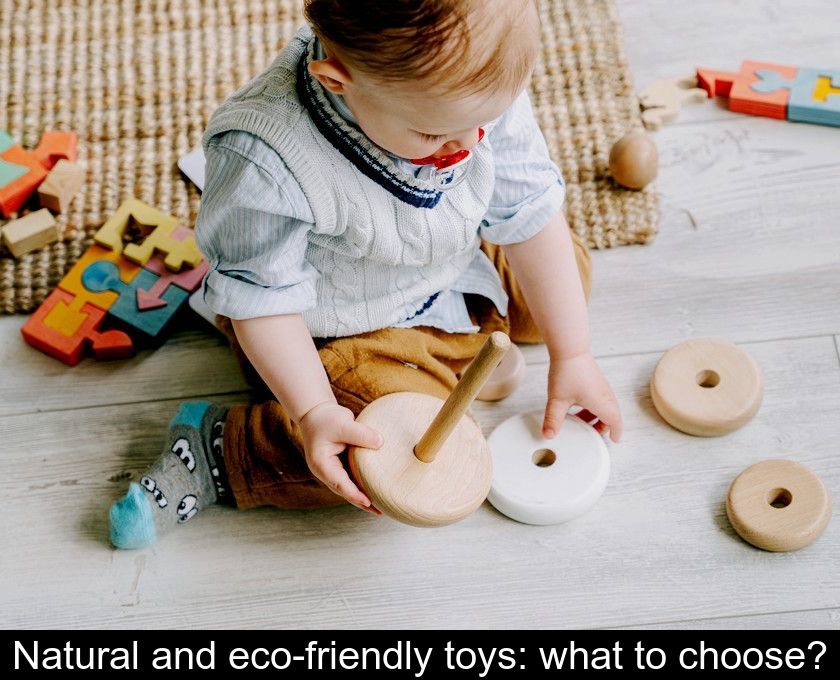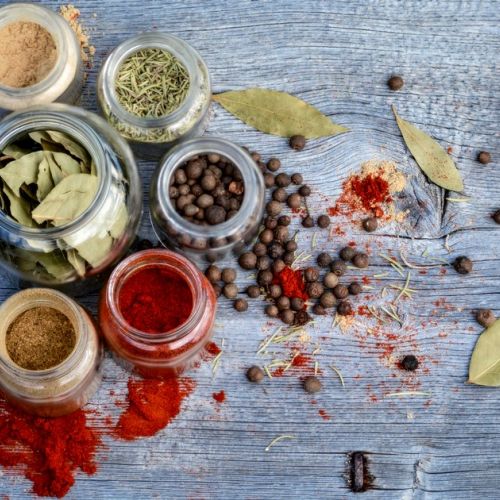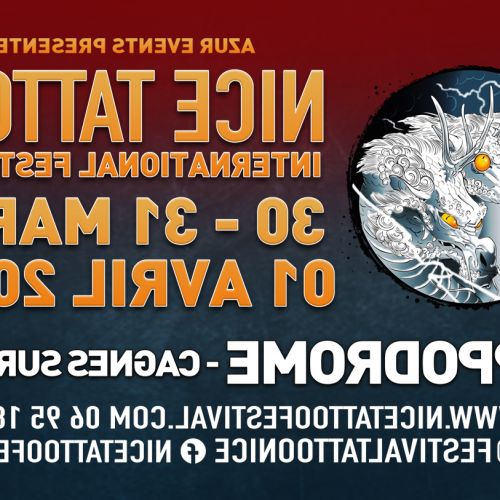Natural And Eco-friendly Toys: What To Choose?
Despite the evolution of European regulations on this subject, buying safe and healthy toys for children is not an easy task. If you care about prioritizing natural and ecological toys, here is a practical guide to help you choose and navigate among different labels.
What is the European regulation for toys?
Since July 2013, a European directive called the Toy Safety Directive has limited the amount of chemical products in all articles intended for children: clothing, furniture, childcare items and of course toys.
Despite this undeniable progress, some problematic chemical substances such as triclosan, Bisphenol A or formaldehyde continue to be allowed in toys.
Buying natural toys that are both eco-friendly and safe and healthy for children is not an easy task. Indeed, the products offered are very numerous and manufacturers are not obliged to label the components.
Which labels to trust?
To navigate through the multitude of toys sold in stores and online, it is tempting to turn to labeled products. However, be aware that not all labels are created equal.
The CE label is essential as it guarantees the toy's conformity, but it is not sufficient because:
- it does not guarantee any control of toxic substances present in toys
- it does not require testing by an independent organization. Manufacturers themselves affix this mention to the product.
- there are counterfeits bearing a very similar CE pictogram but meaning China Export!
The NF Early Childhood certification subjects items to more severe tests than European standards. This label therefore ensures greater safety in terms of inflammability and mechanical (ingestion of small parts), chemical and electrical risks.
The reference labels for buying ecological, safe and healthy toys are German. These are the GS label and the Spiel Gut label. The first guarantees that the product has been subjected to draconian tests in terms of safety and ergonomics.
The second assures you that the toy has been tested and evaluated by specialists for its quality of manufacture but also its playful and educational interest. The Spiel Gut label also guarantees the absence of undesirable substances in a toy.
As for fabric toys, you can rely on the Confidence in Textiles label and the Oeko-tex label. This label includes 4 classes among which class 1 is the most demanding (to be preferred for infant cuddly toys).
Finally, Öko Test is not a label per se but a quality guarantee awarded by a German consumer protection magazine, very particular about environmental and health issues.
Where can I find toys made in France?
The vast majority of toys sold in France are made on the other side of the planet: while French brands represent 15% of the domestic market, the proportion of games actually made in France is much lower. Nine times out of ten, a toy comes from a factory located in Asia.
To buy toys actually designed in France, one should not rely on the brand or even on the mention of "Made in France" (for which 45% of the product's added value must result from operations carried out in France, including research and development and marketing).
In the toy section, it is better to turn to products bearing the Origine France Garantie label, but they are rare! Indeed, this label requires that 50% of the product's cost price be acquired in France, capping research and development at 10% and without taking marketing into account.
Among the brands that display the Origine France Garantie label, we can mention:
- the Bioviva brand, which manufactures educational and eco-designed board games in the Drôme region
- La Conteuse merveilleuse, which is one of these trendy story boxes
- the outdoor games brand Trigano, which manufactures swings and slides...
Fans of toys made in France can also turn to Jura toy manufacturers:
- Jeujura certified as an Enterprise of Living Heritage or EPV
- Vilac
- Janod
What are the criteria for choosing well?
To buy natural and eco-friendly toys, safer and healthier for children:
• Prioritize the quality of toys over quantity
• Avoid highly allergenic scented toys and synthetic stuffed animals
• Opt for cloth dolls and products made of natural fibers and wash them before use
• Prioritize raw and unlacquered wooden toys labeled FSC and PEFC
• For plastic toys, choose those without PVC or phthalates and avoid recycled plastic (due to lack of traceability, it may contain dangerous substances)
• Prefer products with natural dyes, vegetable inks, and no preservatives
• Opt for water-based markers and raw, unlacquered FSC wooden colored pencils
After purchase, remove the packaging and let the toy air out for at least 48 hours before giving it to your child. We don't always think about it, but this helps limit children's exposure to pollutants.









